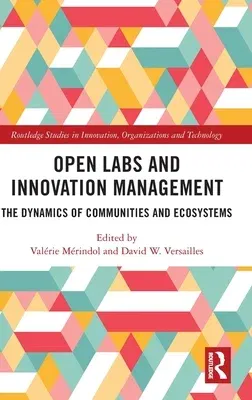This book examines returns on experience and managerial practices to
generate deeper collaboration, intensify co-creation, support start-ups
and established companies to explore, develop, and accelerate their
projects thanks to open labs (living labs, fab labs, coworking spaces,
"third spaces", etc.). Open labs are the beatbox to create a rhythm in
ecosystems and make all stakeholders move forward, faster, together.
This book proposes a framework to understand how open labs, innovation
hubs, and collaborative spaces contribute to ecosystems.
The book looks beyond the short-term effects of open labs and identifies
four main dimensions: communities, physical spaces, events, and
portfolios of services offered to private businesses, entrepreneurs, and
start-ups, established companies, or public institutions. Drawing on
extensive field research lasting over five years, with more than 40
cases and more than 200 interviews plus direct observation within
different environments, this edited book investigates how managers run
these labs, and how "users" or "clients" evolve when benefitting from
their services. All chapters analyse how an actual management impacts
the dynamics of communities, how it shapes the co-evolution between open
labs and their ecosystems, and how the management of the physical space
impacts the mission of the lab and its role in the ecosystem.
Open Labs and Innovation Research is written for scholars and
researchers in the fields of innovation studies and management science.
This book can also inform teaching, public policymaking, and
professional practice.

